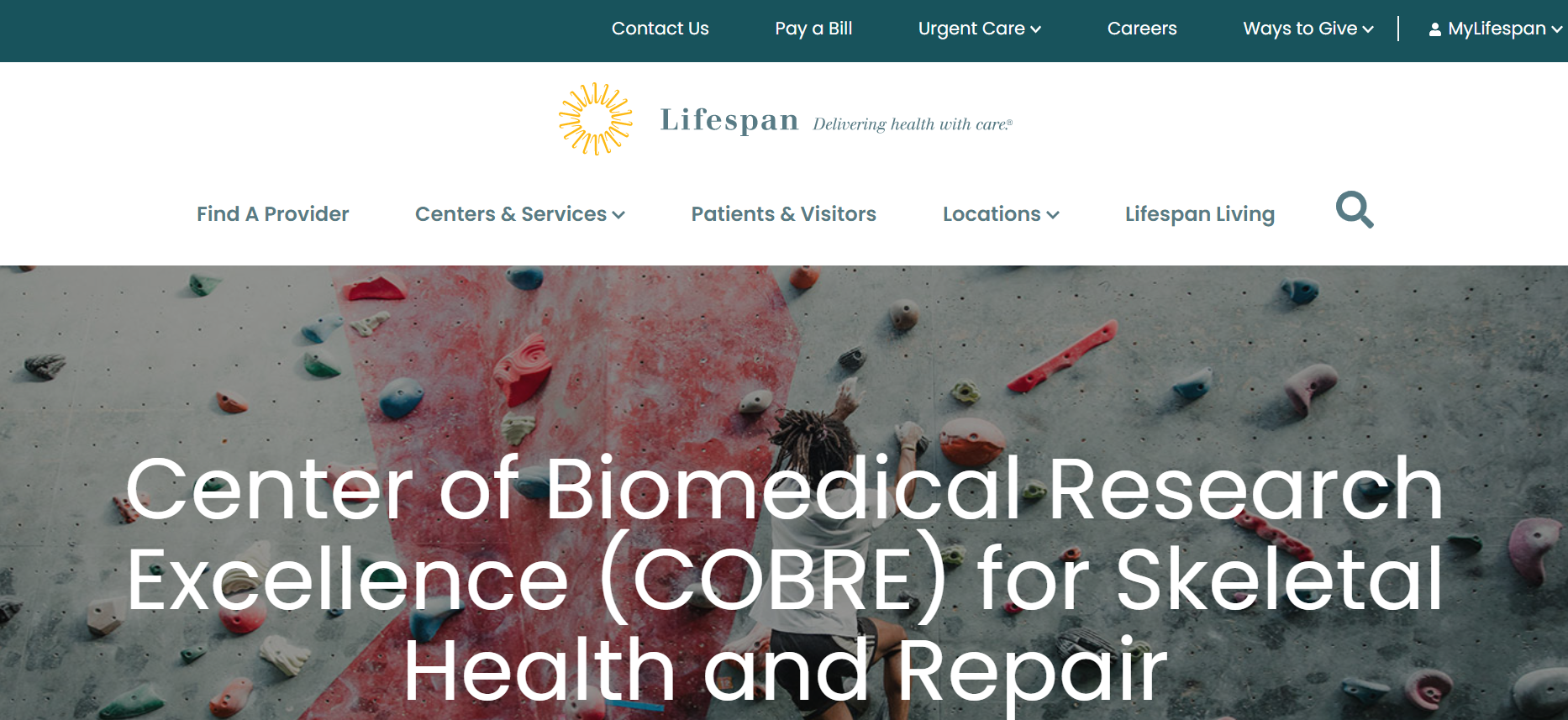The long-term goal of the Center of Biomedical Research Excellence (COBRE) for Skeletal Health and Repair is to develop a multi-disciplinary translational research center focusing on discovering mechanisms of cartilage joint diseases and developing prevention and treatment strategies. Since the start of the COBRE eight years ago, seven full project investigators have received R01 or R01-equivalent federal grants and “graduated” from the COBRE training program, and published more than 240 peer-reviewed articles including landmark discoveries in Nature, Molecular Cell, and PNAS. All twenty target junior investigators have received exramural funding as Principal Investigator, and new state-of-the-art laboratories and core facilities have been built in bioengineering, imaging, molecular biology and nanomedicine. The main objective of the Phase III COBRE is to strengthen and transition the COBRE research infrastructure into a competitive, independent, and self- sustaining academic center of excellence-Brown Center of Musculoskeletal and Motion Sciences (BCMMS) in five years. To achieve this main objective, four specific aims are proposed as follows. Aim 1, Administrative Core provides strong leadership in translational research, evaluates the performance of technical Core Resources and Facilities, guides mentoring efforts in the Pilot Projects Program, and implements the COBRE transitioning plan; Aim 2, Bioengineering Core enhances an interactive research environment and provides the unique resources of biomechanical testing at the cell, tissue, and organ levels; Aim 3, Imaging, Molecular Biology, and Nanomedicine Core enhances translational research from bench to bedside, provides critical expertise and equipment in small animal live imaging analysis, and facilitates development of novel nanomaterial delivery vehicles for diagnostics and therapeutics; and Aim 4, Pilot Projects Program mentors a new generation of researchers in multiple disciplines of musculoskeletal research including clinicians, biologists, and engineers, facilitates research collaborations, and sustains the strong research environment developed in the first two phases of COBRE. Our vision is, by sustaining and transitioning the established high- caliber research infrastructure, we will enable clinicians working side-by-side with basic research scientists, junior investigators with senior investigators, and biologists with bioengineers for a long term into the future. The COBRE for Skeletal Health and Repair provides state-of-the-art core services in Imaging, Molecular Biology, and Nanomedicine, and Bioengineering to biomedical investigators pursuing development of prevention and treatment of musculoskeletal diseases. The program also supports junior faculty with mentoring activities and pilot project support.

